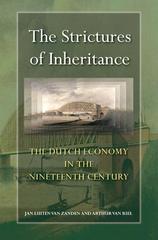Answered step by step
Verified Expert Solution
Question
1 Approved Answer
The answers are in the paper, but I need someone to show me how they get them and explain it. Here's a link to the
The answers are in the paper, but I need someone to show me how they get them and explain it. Here's a link to the paper: https://static1.squarespace.com/static/56a1484625981dd79f45da68/t/5fdd25a10ad63e4c88bc90c5/1608328612059tj-forum-preprint.pdf
and here's another one: https://papers.ssrn.com/sol3/papers.cfm?abstract_id=3560967

Step by Step Solution
There are 3 Steps involved in it
Step: 1

Get Instant Access to Expert-Tailored Solutions
See step-by-step solutions with expert insights and AI powered tools for academic success
Step: 2

Step: 3

Ace Your Homework with AI
Get the answers you need in no time with our AI-driven, step-by-step assistance
Get Started


